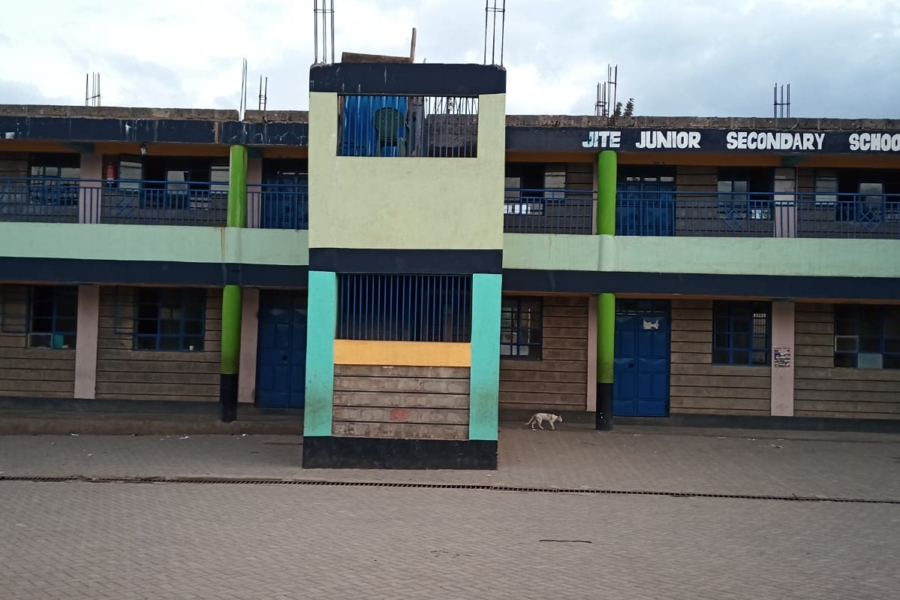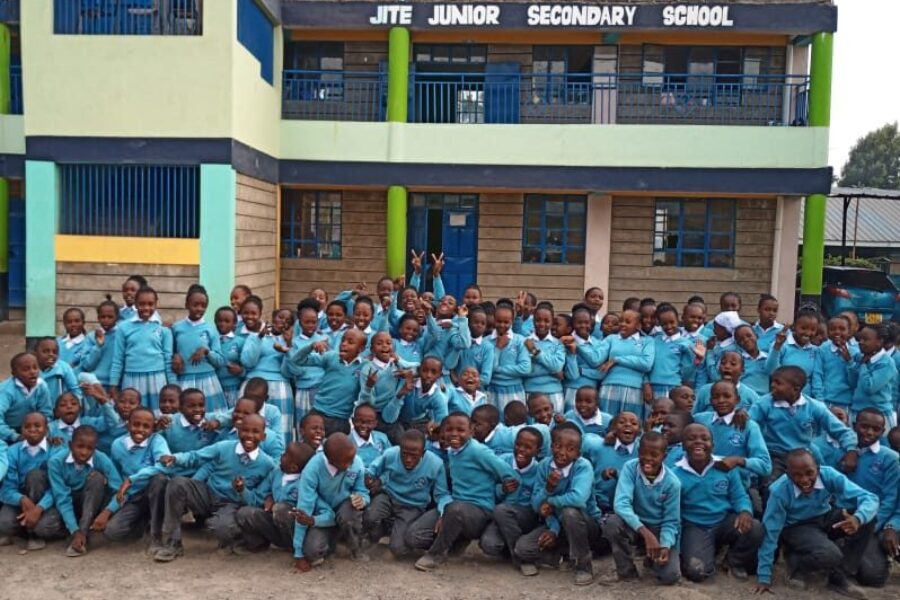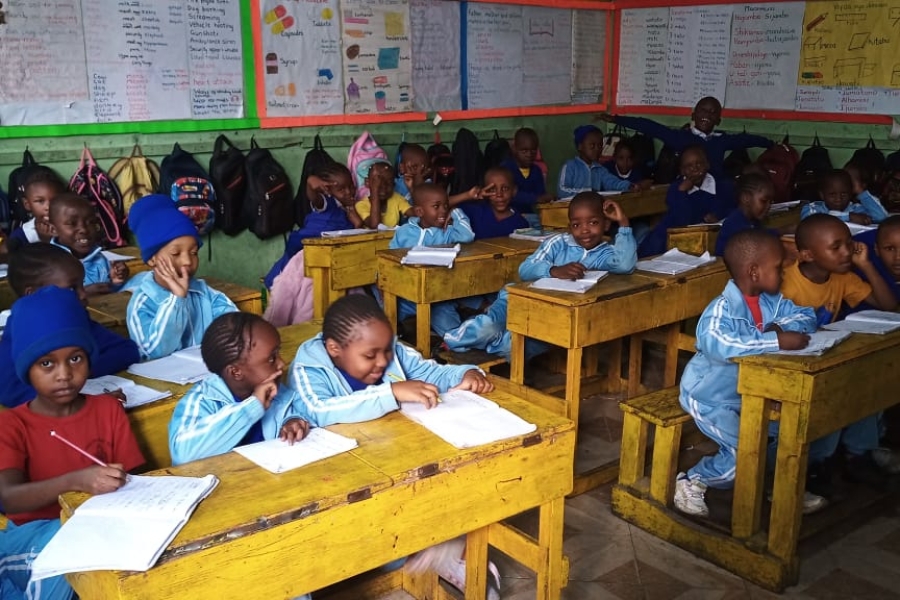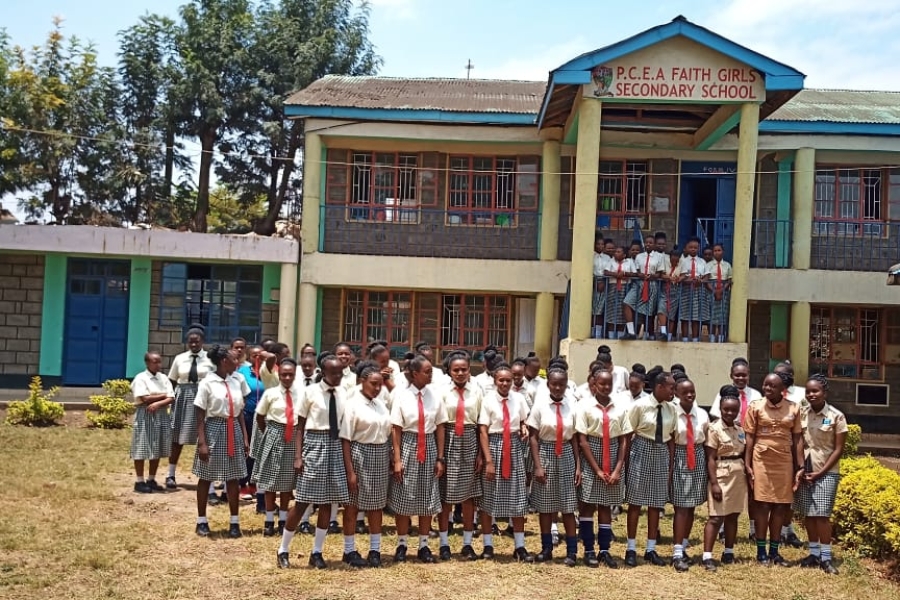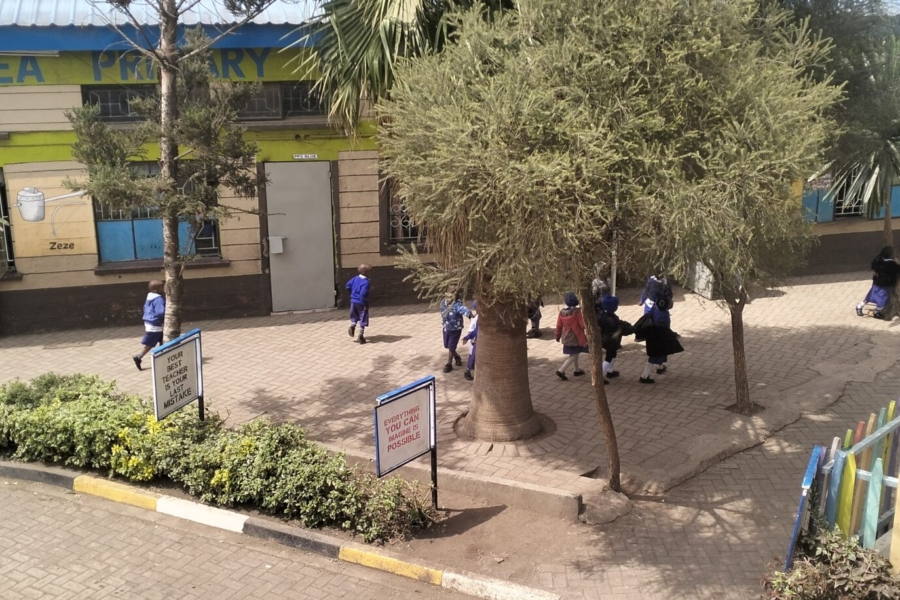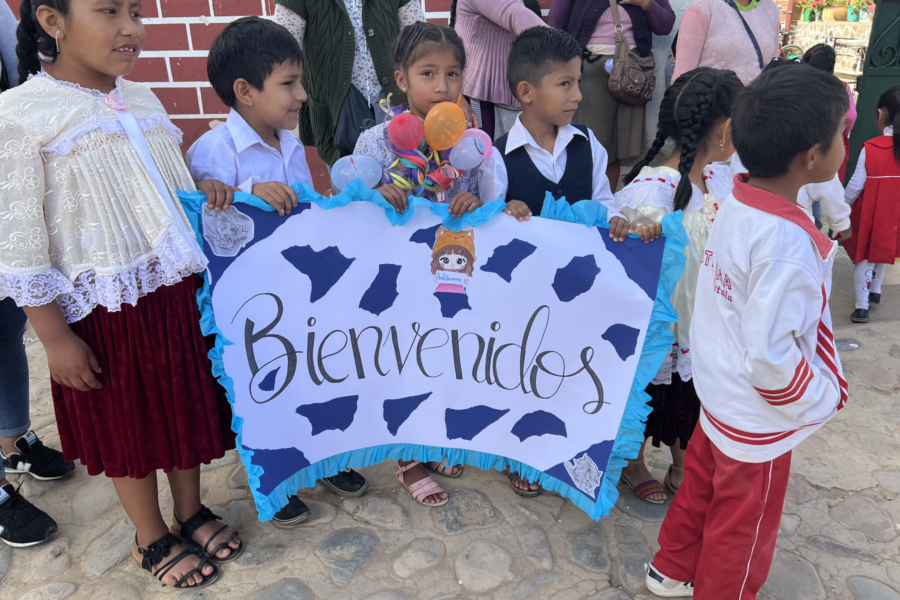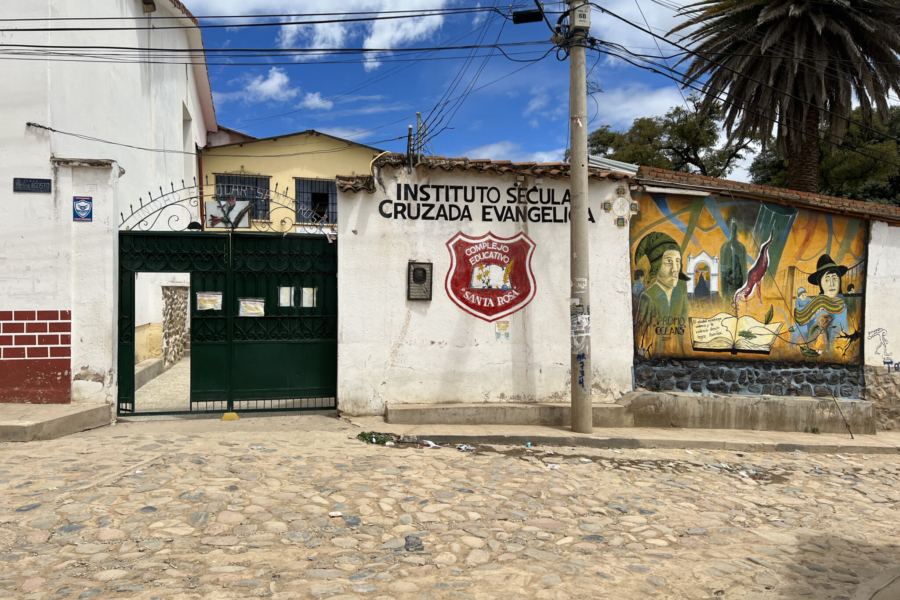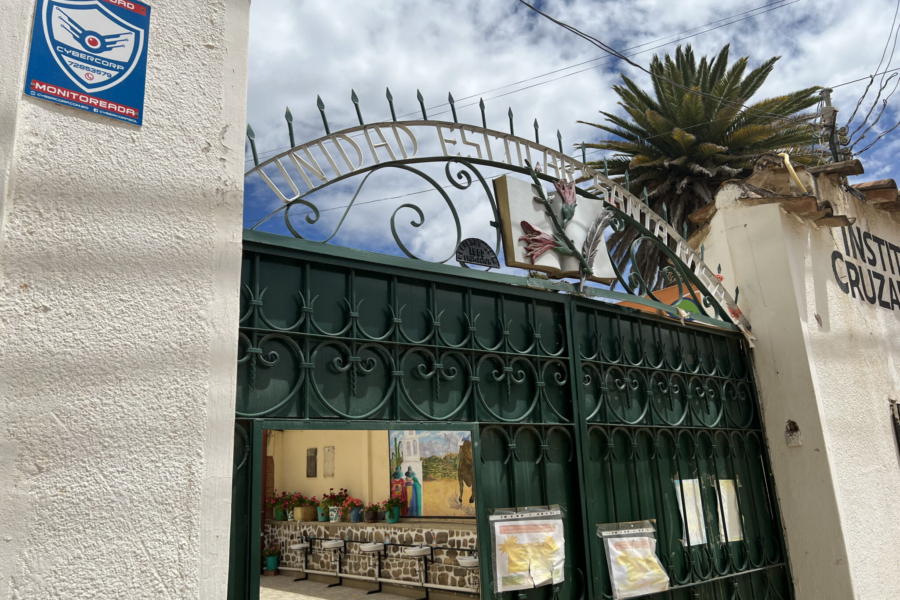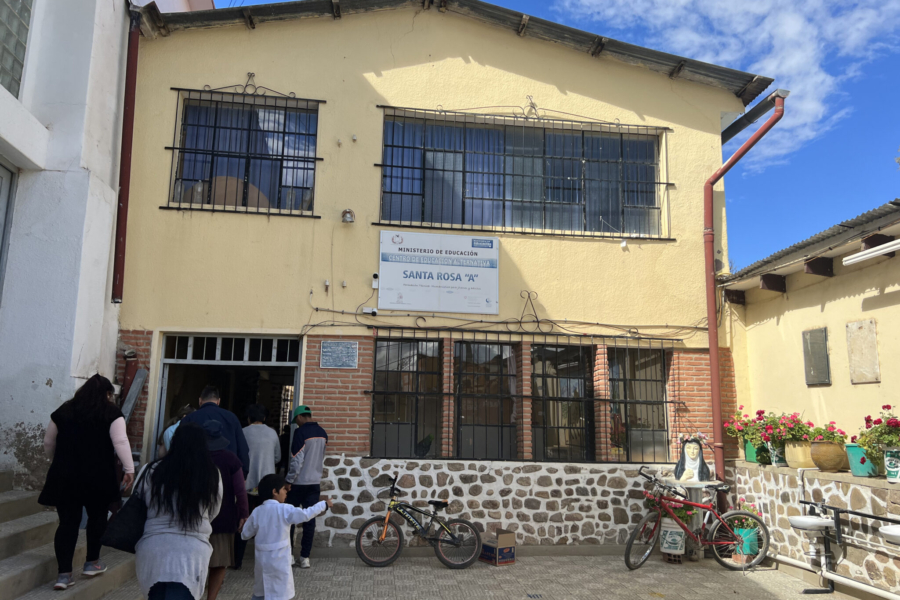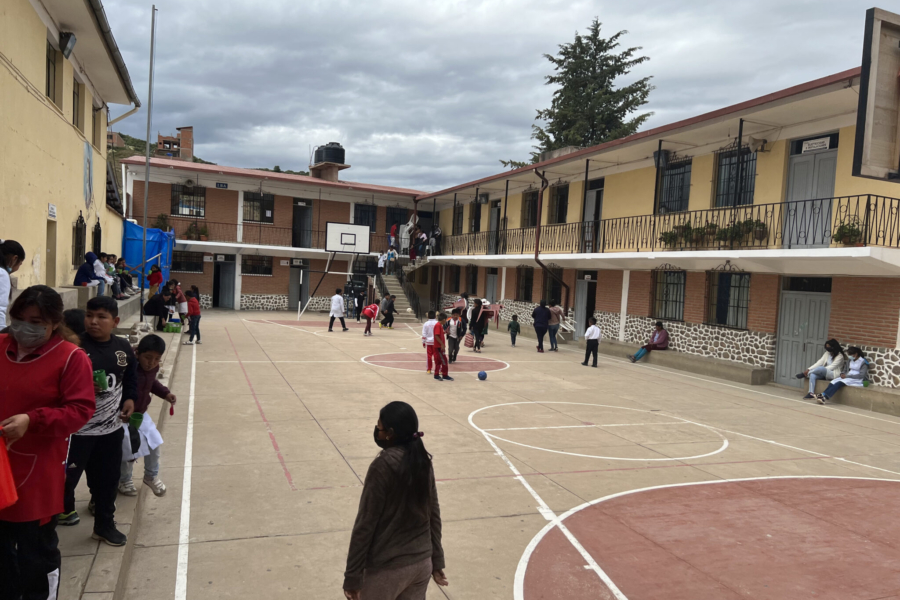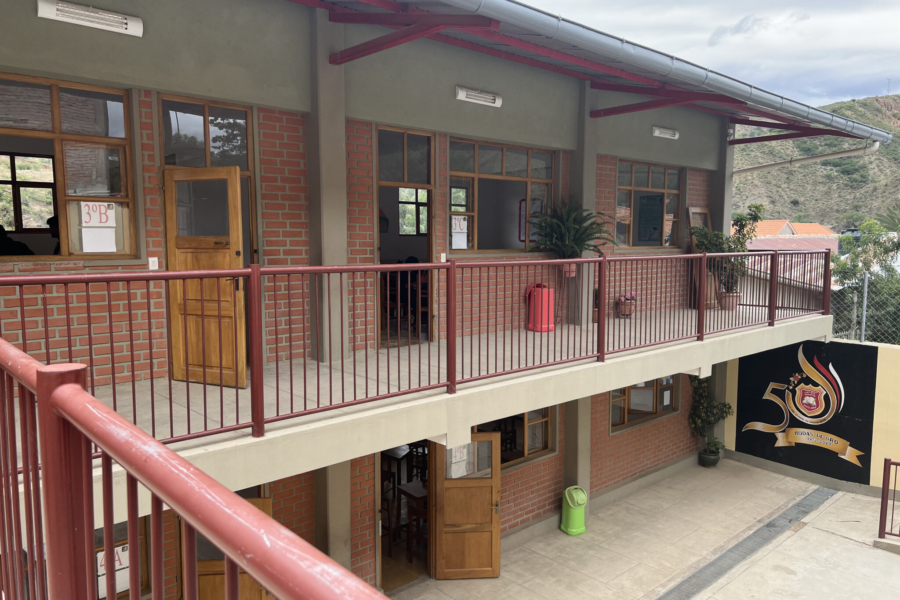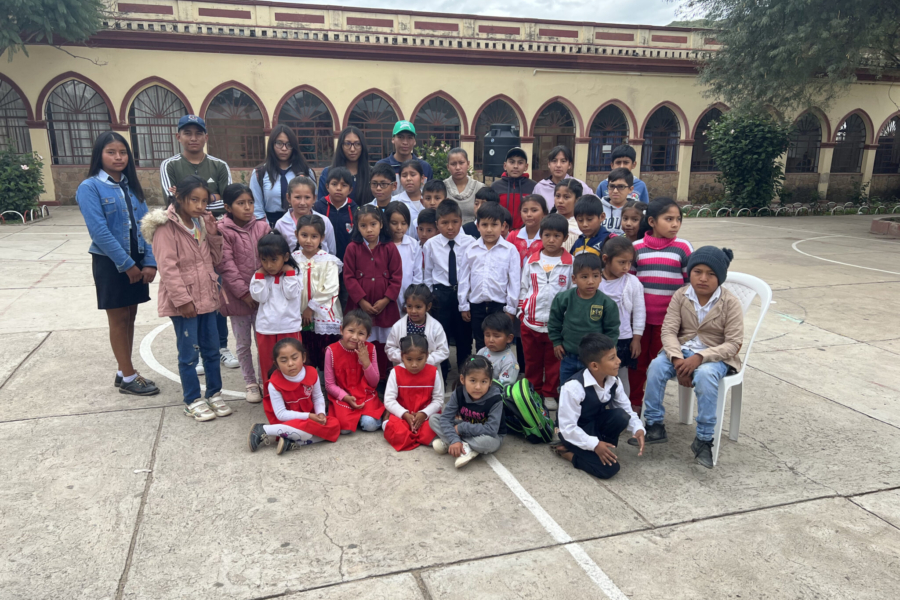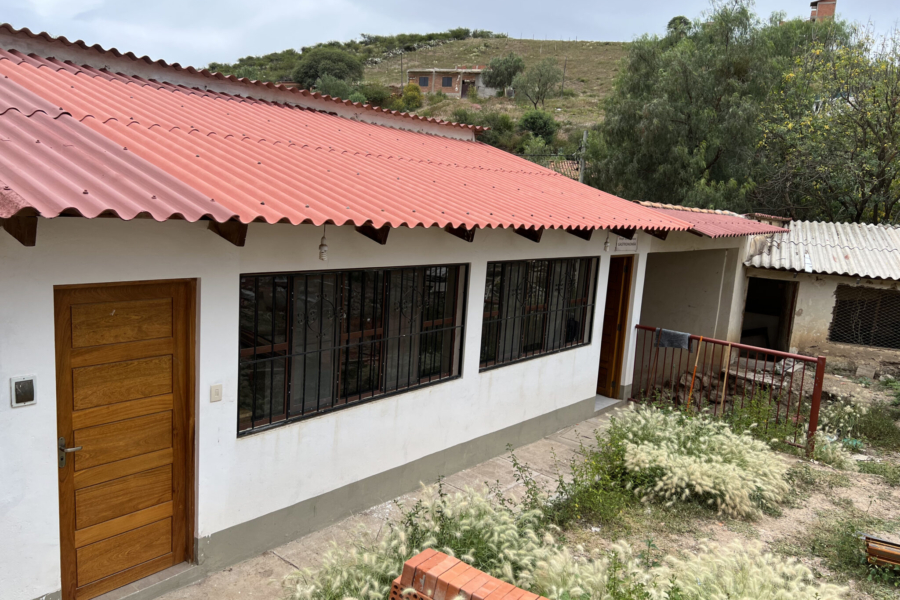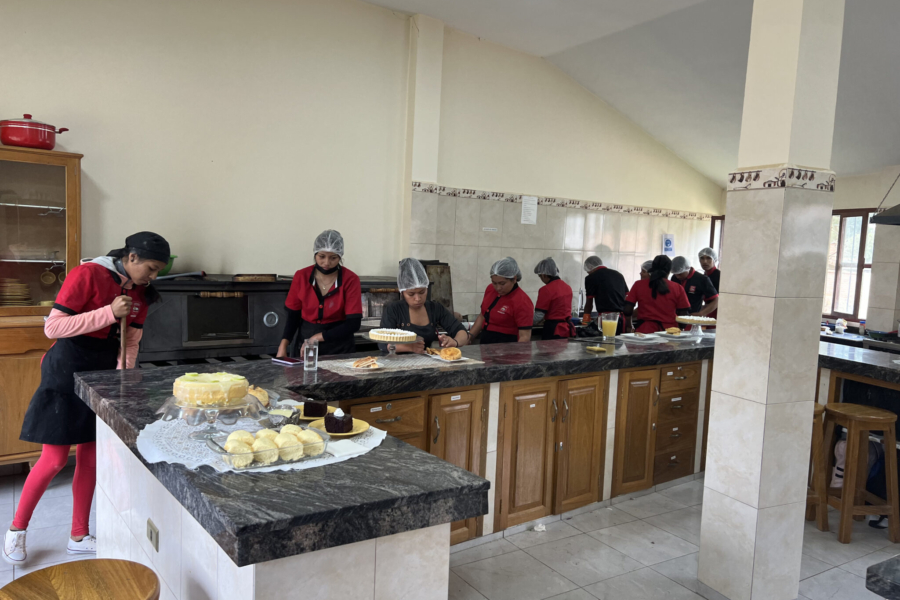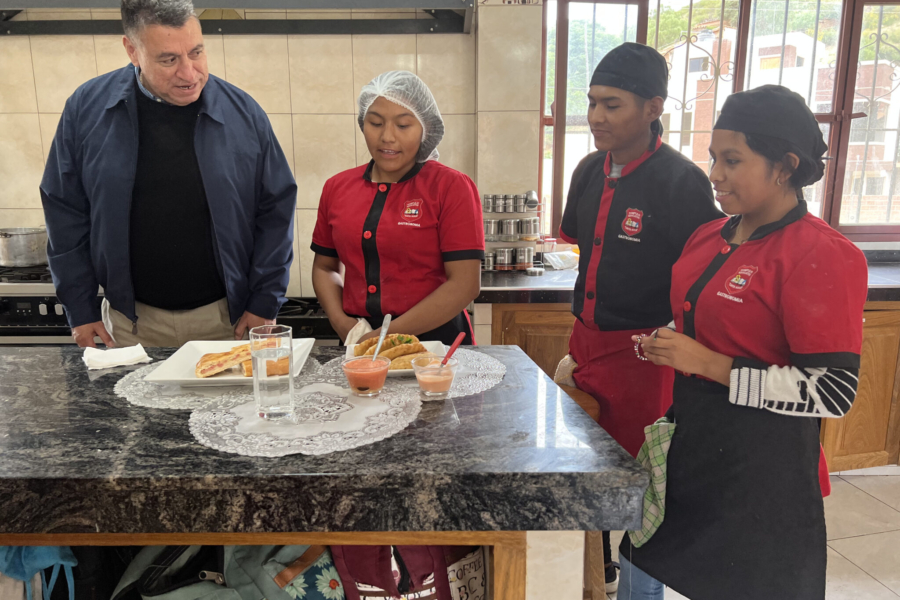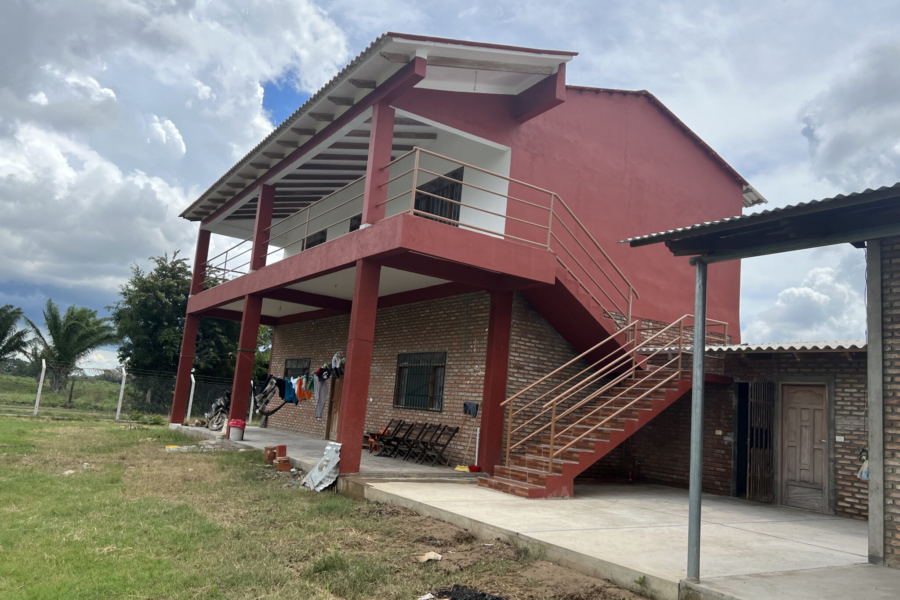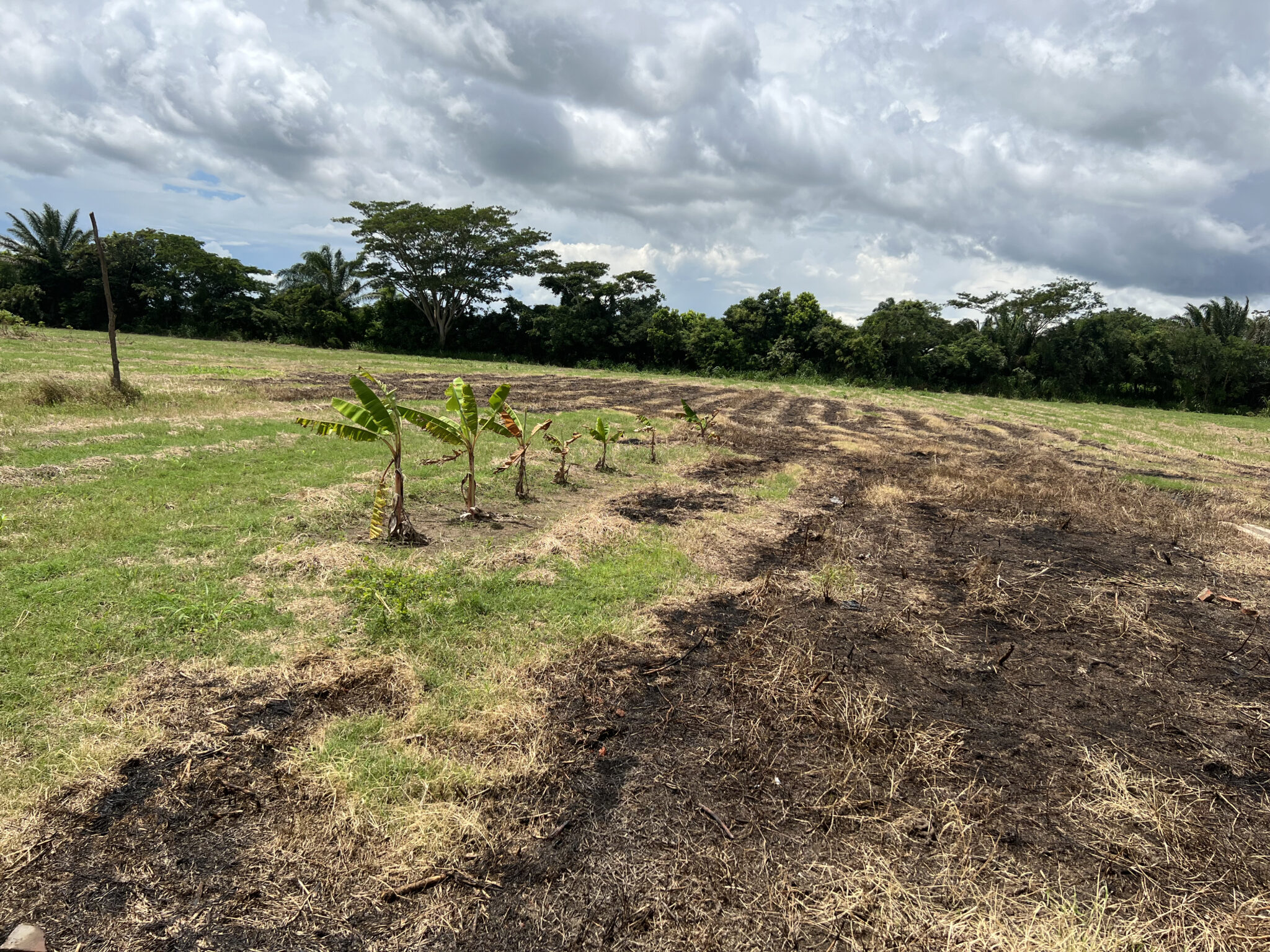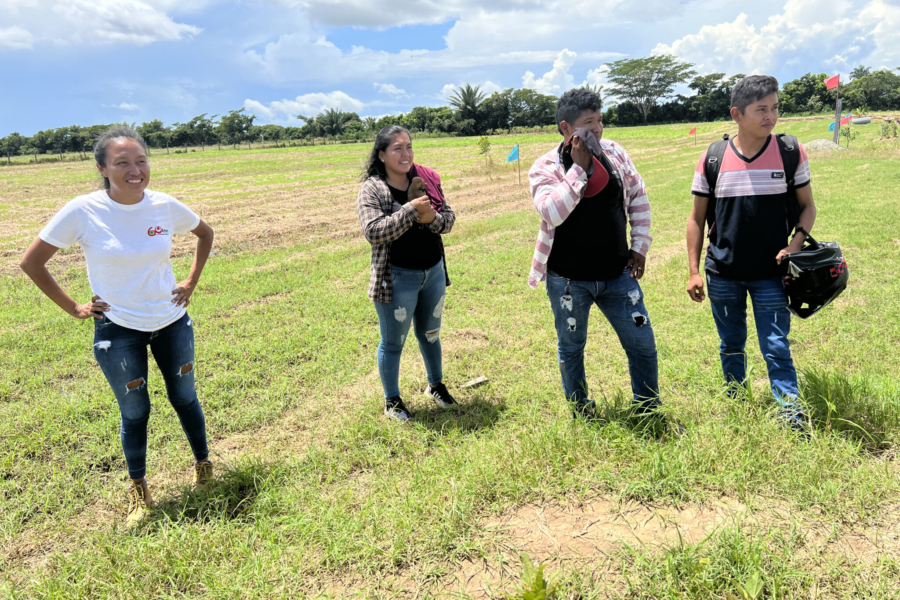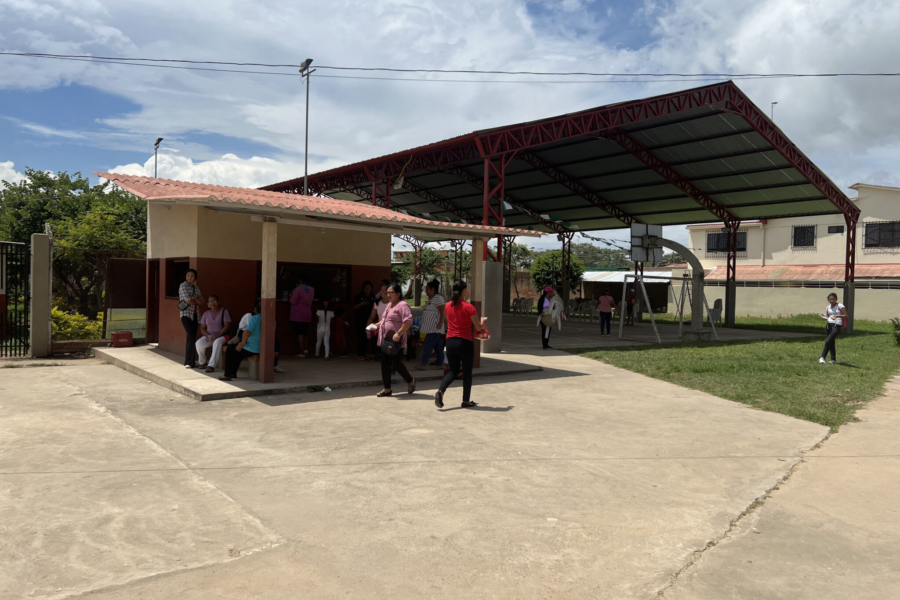We are happy to share with you our Fall 2023 Newsletter, highlighting our work around the world thanks to you, our sponsors and donors, and your generosity and dedication to helping children in need. Enjoy!
VISITING OUR AFFILIATED SITES IN BOLIVIA
Children Incorporated supports hundreds of children in three different cities and at twelve affiliated sites in Bolivia — all of whom are greatly benefiting thanks to their sponsors. This past spring, our Director of International Programs, Luis Bourdet, and our International Program Specialist, Yefiny Mena, had the chance to visit each site and meet with our volunteer coordinators after years of
COVID-19 travel restrictions keeping them from making the trip.
“Higher education is something we love to support — and thankfully, our donors are always there to help,” said Luis.
“We are so proud of our work in Bolivia for many reasons,” explains Luis. “Not only are the children being provided with basic needs monthly, but we have been able to support a few major special projects in the country over the years, most recently building housing for families in Santa Cruz and constructing an agricultural school in Montero, which benefits students who are in high school or graduating and wanting to pursue a degree.”
“Higher education is something we love to support — and thankfully, our donors are always there to help,” said Luis.
RECOVERING IN ARIZONA AFTER COVID-19
Last fall, our Director of U.S. Programs, Renée Kube, and our U.S. Program Specialist, Kristen Walthall, had the chance to return to Arizona for the first time since the COVID-19 pandemic to visit our affiliated sites and meet with our volunteer coordinators.
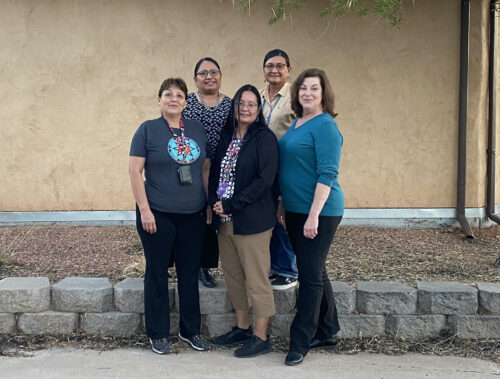
Renée is pictured with our volunteer coordinators in Arizona.
“COVID-19 was and still is contracted at disproportionate rates on Navajo Nation as compared to the rest of the country. This is due to the historic marginalization of its people. The conditions in which people are born, live, learn, and work are known as the social determinants of health. When those are inadequate, then there are negative effects on people’s physical and mental health. It has been documented extensively that low quality jobs, limited income, poverty, and low education are fundamentally connected to poor health outcomes,” explained Renée.
“The 2021-2022 school year saw the development of boosters and a big push to return to fully in-person instruction, and in 2023, our coordinators continue to see a further return to normalcy. In most places, schools have fully reopened to
in-person learning, and athletics, clubs, and activities have resumed.”
“Because of our sponsors, we are able to fill in the gaps where students really
need help, and the knowledge that someone cares about their well-being is immeasurably important to them and their development,” said Renée.
OUR PRESIDENT AND CEO, RON CARTER, VISITS OUR FIRST AFFILIATED SITE IN PUERTO RICO
“Puerto Rico has had a special place in my heart ever since I first visited the island in 2018 to help rebuild homes after the devastation of Hurricane Maria. Since then, we at Children Incorporated have been working hard to establish our first affiliated site in Puerto Rico, partnering with Iglesia Bautista de Metrópolis to help support children and families for the long-term. This past April, I was able to return to Puerto Rico for the first time in five years, this time, to visit with our volunteer coordinators and hear more about how our sponsors and donors are changing the lives of those in need,” said Ron.
“Their enthusiasm in expanding the Children Incorporated sponsorship program was so apparent.”
“Getting to meet with our volunteer coordinators and the directors of Iglesia Bautista de Metrópolis was an incredibly rewarding experience for me. Their enthusiasm in expanding the Children Incorporated sponsorship program was so apparent, and how much we are really helping the children and their families — and the entire community — was extremely evident.”
INVESTING IN EDUCATION AND THE FUTURE IN KENYA
This past July, we had a special surprise at our office in Richmond, Virginia when we received notice that our volunteer coordinator, Peter Njuguna, from the St. John’s Community Center in Nairobi, Kenya, would be visiting. Peter has been a long-time coordinator with Children Incorporated, running our sponsorship program that supports children living in poverty in the Pumwani area of Nairobi.
Peter arrived at the office prepared with a presentation in which he discussed the mission, vision and curriculum at St. John’s. He explained that the school is especially focused on providing a quality education to help break the cycle of poverty in their community through education, sports, nutrition, life skills, and spiritual guidance, which enables them to reach their full potential and become future leaders.
“Our mission is to promote a just, healthy, and transformative community through capacity building, social inclusion, and accountable interventions,” explained Peter.
Before he finished his presentation, Peter shared with our staff success stories of students who had graduated from the school to go on to work in education, mentoring, and youth leadership. Peter feels strongly that these children, who are now young adults, were able to focus on school and become successful in large part due to their sponsors, and was so happy to be able to express those feelings to all of us in person.
RELYING ON OUR SPONSORS IN NORTH CAROLINA
Without our sponsors, children living in poverty would go without so much — including food, clothing, hygiene items and crucial educational materials they require to do well in school. Today, we hear from Traci at Valle Crucis Elementary School in North Carolina as she expresses her appreciation for our sponsors, who have a huge impact on children in need.
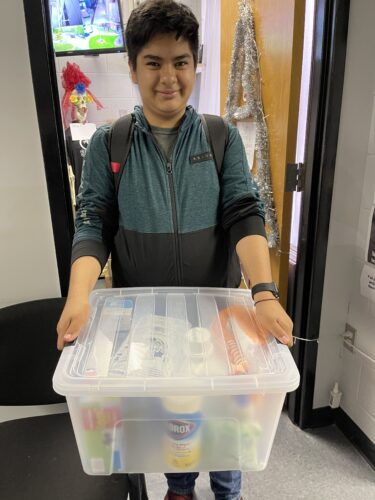
One of our sponsored children in pictured with a bin of hygiene and cleansing supplies to take home.
“Children Incorporated has helped children in our school in so many ways over the years. Sometimes, we have children who stay in the Children Incorporated sponsorship program their entire time at Valle Crucis, which can be all the way from pre-kindergarten to 8th grade. The sponsorship program makes a tremendous difference in these children’s lives. Our school is located in the mountains of Northwest North Carolina, so winter and summer clothing are both very needed due to our vast temperature variation throughout the year. Children Incorporated helps provide new shoes, summer and winter clothing for our sponsored children who need updates to their clothing sizes, and seasonal wardrobes which are constantly needed for growing children. We also try to make sure they get a few fun or wish list items to really put a big smile on their faces!”
“Children Incorporated has positively impacted so many children in our school. It’s a wonderful organization, and we thank the sponsors and everyone at Children Incorporated who make this program possible!”
AN UPDATE REGARDING OUR SPONsorship RATES
Due to the rising cost of living all over the world, it has become necessary for us to increase our monthly rate from $35 to $35 for all new sponsorships starting in January 2024. As it is very important to us that this increase directly benefits the children we serve, Children Incorporated will not retain any part of the additional amount — the entire $5 will go toward providing basic needs for your sponsored children.
For our current sponsors, there is absolutely no obligation to raise your sponsorship rate, but we do kindly ask that you consider increasing your sponsorship amount by $5 to help your sponsored child or children. We sincerely appreciate your support of children in need.
READ THE FULL NEWSLETTER

